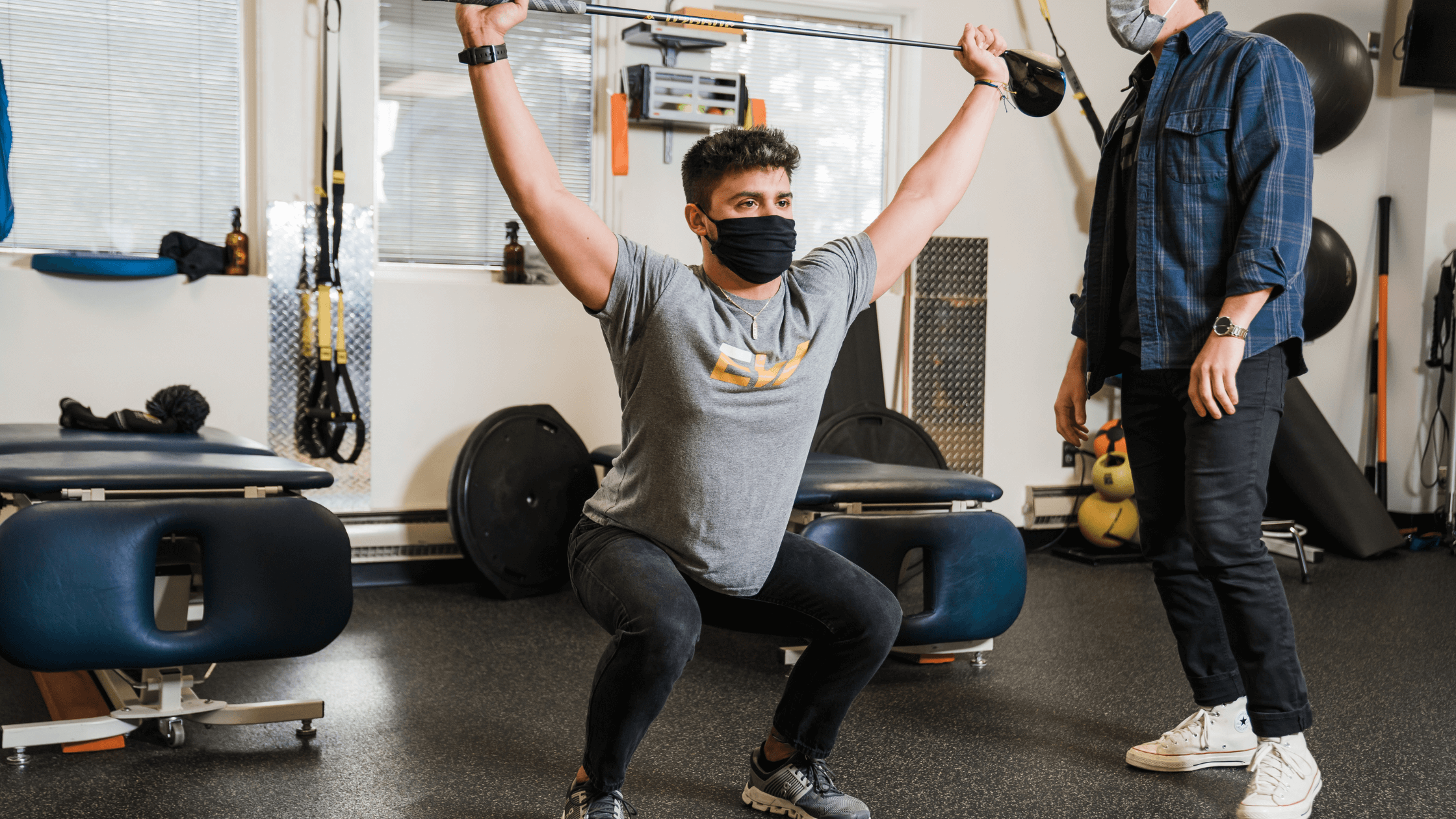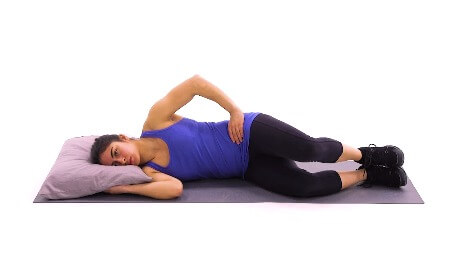Licensed Physical Therapist, PT, DPT // EW Pilates Instructor // EW Yoga Instructor // TPI Level 1 Certified // EW Motion Therapy Homewood
If you are beginning a new fitness program, you may hear your instructor or trainer mention activating your “glutes.” While you have probably heard the word before, you may not know why they matter to your fitness. What even are they, and how do they affect your daily movement?
Understanding your glutes (gluteal muscles) and how to activate them is vital to being able to move in a healthy way. At EW Motion Therapy, we teach our patients exercises for glute activation to incorporate them into their fitness routine. Our ultimate goal is to help you lead a better quality of life and develop a fitness routine that incorporates full-body strengthening, including glute strength, even if you choose not to pursue therapy or personal training with us.
This article discusses your glutes, why they are essential, some exercises to help with activation, and how different professionals may offer more help. With this information, you can better understand how to activate your gluteal muscles in your routine and improve your overall well-being.
Your glutes are an important muscle group in your core. Learn more about the other muscle groups involved here.
What are your glutes?
Your glutes are a group of three muscles that control hip movement and core and pelvic stability. Let’s discuss each of the three.
- Gluteus maximus: the largest of the glute muscles. As the largest and heaviest muscle in the human body, it is the primary hip extensor (moves your leg and hip behind you, like a backward kick) and is essential for erect posture.
- Gluteus medius: the primary muscle that controls hip abduction (swinging your leg out to the side). It is an essential part of maintaining a level pelvis during running, walking, and single-leg activities, like kicking a soccer ball.
- Gluteus minimus: the smallest of the glute muscles. It is similar in function to the gluteus medius, abducting the hips and stabilizing the pelvis while walking.
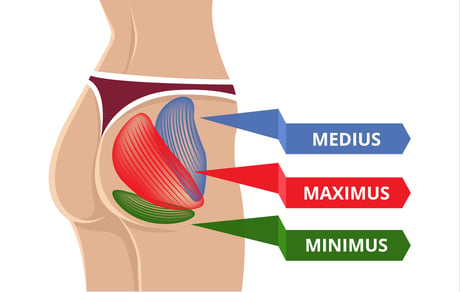
All three of these muscles work together to achieve hip and lower extremity mobility and stability. Your glutes are also major shock absorbers - especially while walking and running, they work to dispense the force from your feet hitting the ground. The ability to activate your glutes and feel them work for you is very powerful - they can help you be more efficient when you walk and run. Strong glutes also help to create a stable pelvis and trunk while increasing power during lifting and other daily activities.
How do your glutes affect functional movement?
Along with creating stability, strong glutes can also help you move more efficiently about your day. If you are unable to create stability in your trunk or move efficiently, then you may put yourself in a position to cause unneeded stress on your low back and knees.
If you are able to use your glutes effectively, there are many basic movements that can improve, such as squatting, daily walking and running, standing, and lunging. The glutes are important for more complex movements too, such as swinging a golf club, jumping and landing during a basketball game, and throwing a baseball.
What exercises help with glute activation?
Many exercises can help activate your glutes. To find ones you like, you can try some yourself or seek professional guidance from a personal trainer or a physical therapist. Here are a few home exercises our therapists assign to help our patients regularly strengthen their glutes. If you decide to try these at home, do it safely, and if you have a previous injury or any other risks involved, discuss it with your doctor first.
Supine Bridge: Begin lying on your back with your arms resting at your sides, your legs bent at the knees and your feet flat on the ground. Tighten your abdominals and slowly lift your hips off the floor into a bridge position, keeping your back straight. Make sure to keep your trunk stiff throughout the exercise and your arms flat on the floor.
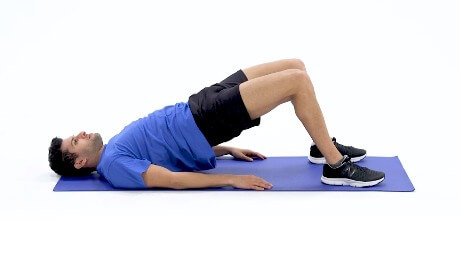
Single-Leg Bridge: Begin lying on your back with your knees bent and feet on the floor. Lift one leg off the floor, bending your knee to a 90-degree angle. Maintaining this position, engage your stomach muscles and slowly lift your hips up into a bridge position. Hold briefly, then lower back down and repeat. Make sure to keep your stomach muscles engaged during the exercise. Do not let your back arch or your hips drop to either side.
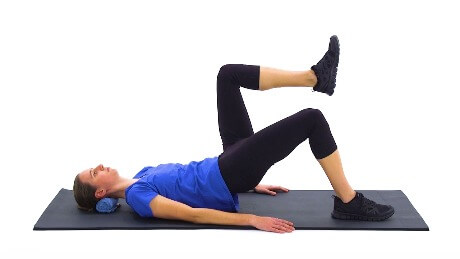
Clamshell: Begin lying on your side with your knees bent and your hips and shoulders stacked. Engage your abdominals and raise your top knee up toward the ceiling, then slowly return to the starting position and repeat. Make sure to keep your core engaged and do not roll your hips forward or backward during the exercise.
How can physical therapy help?
Now you know more about your glutes and why it is essential to activate them regularly. If you decide to see a physical therapist to improve your functional movement, glute activation may be a big part of your program. They can assign some exercises for you to do at home and watch you exercise to ensure you have the correct posture and form. You could also go to a personal trainer to get some tips.
It can be challenging to start improving your glutes on your own, so it is never a bad idea to seek professional guidance, especially to reduce your injury risk. At EW Motion Therapy, we help our patients improve their overall health by watching them move and developing a treatment plan that aligns with their goals. If you are interested in physical therapy with us, fill out the Request an Appointment form on our website, and someone from our staff will contact you within 48 hours with your next steps.
